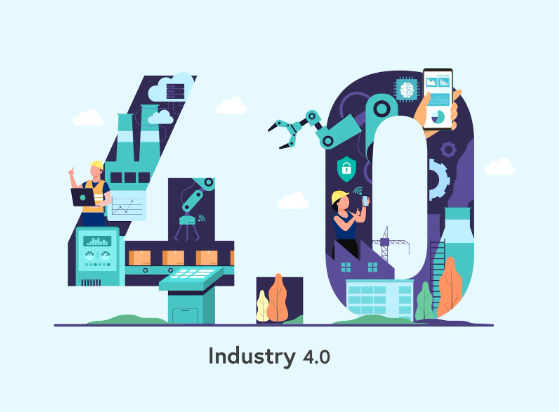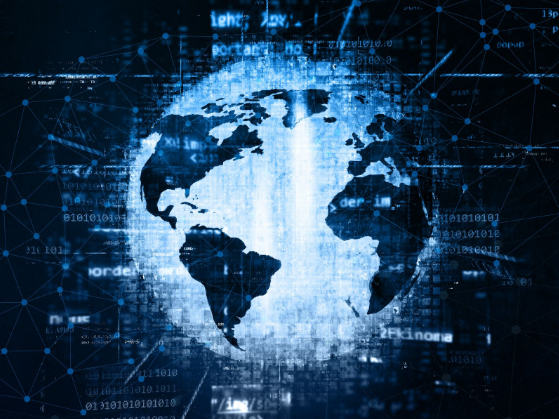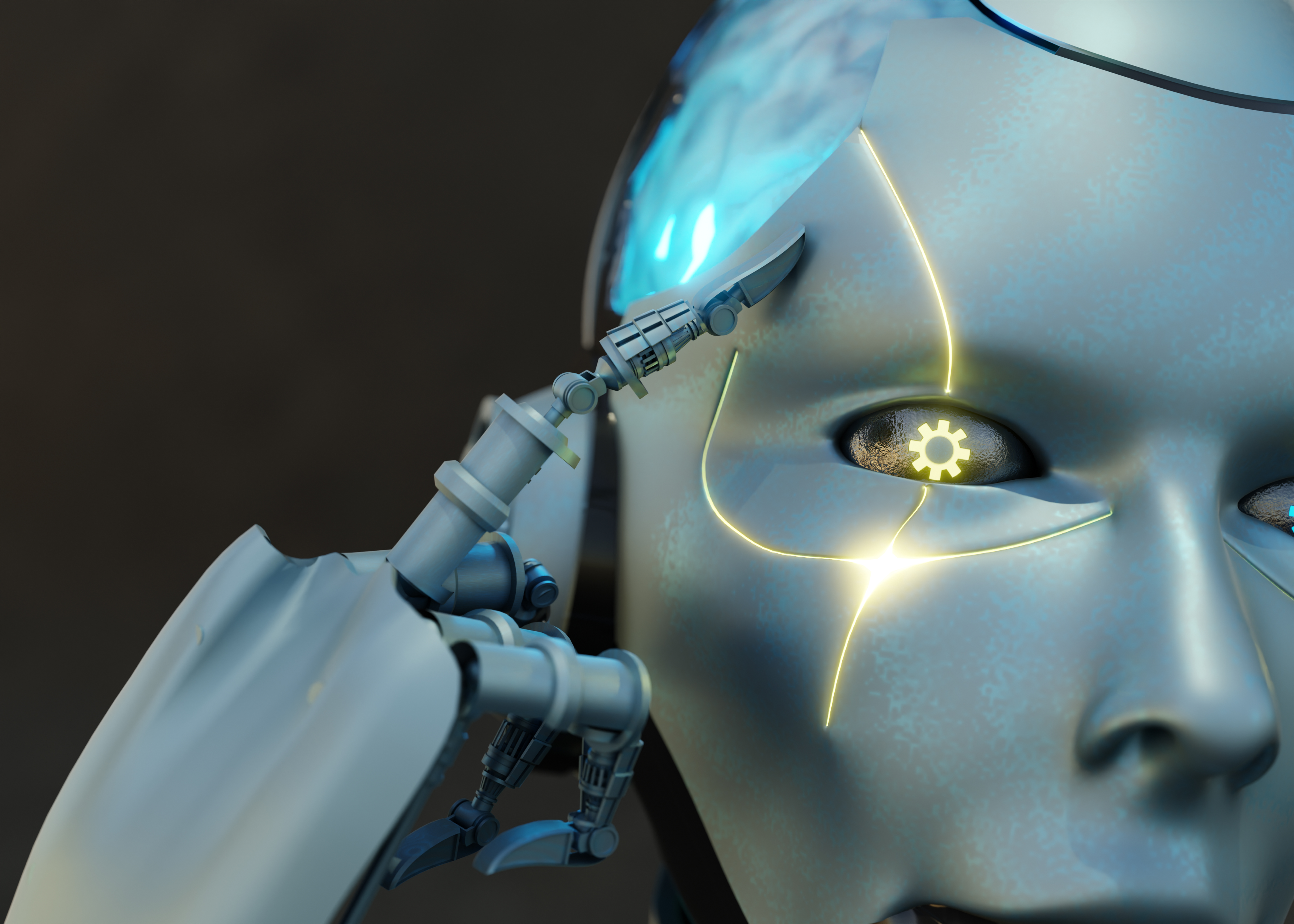Industries are adopting technology and data management to generate even more value in their business models, and the oil and gas industry – especially service stations – is no exception.
Smart Service Stations: Digitalization as a Driver of Transformation











